A newly developed algorithm opens a window into understanding the transition from quantum to classical objects.
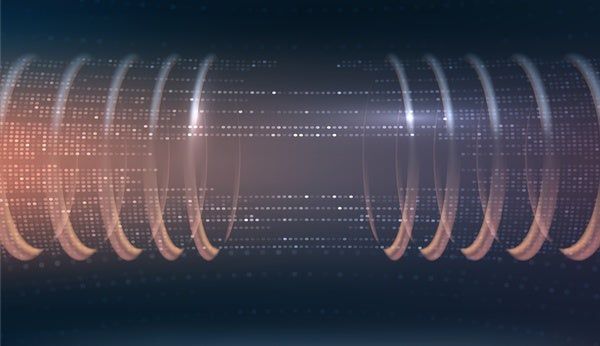

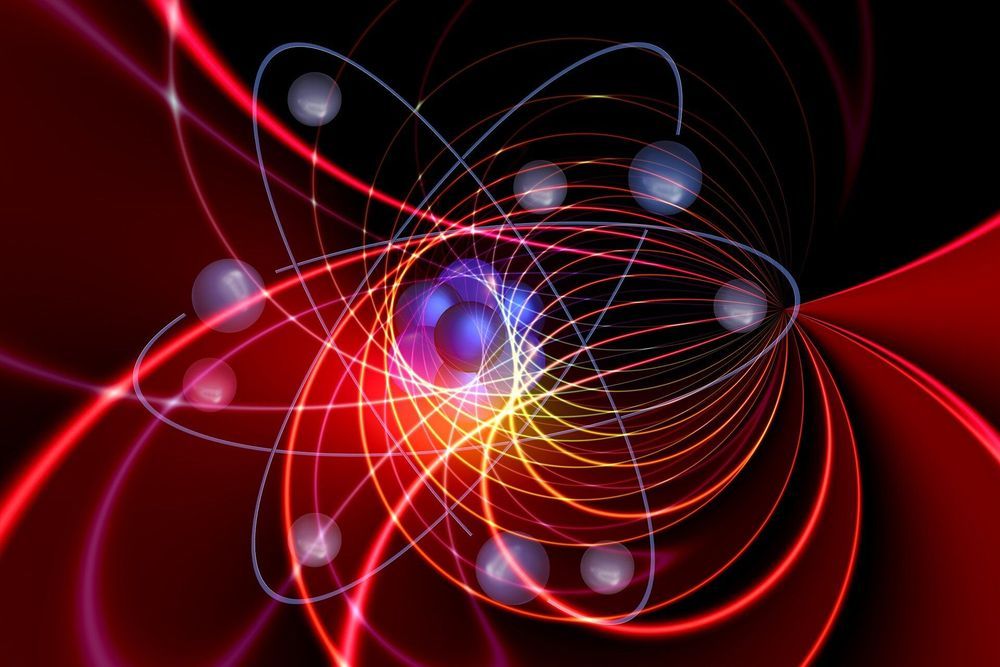
Scientists from the universities of Alberta and Toronto developed a blueprint for a new quantum battery that doesn’t leak charge.
“A quantum battery is a tiny, nano-size battery meant to be used for applications on the nano scale,” explained U of A chemist Gabriel Hanna, who was principal investigator on the study.
He said the research provides a theoretical demonstration that creating a loss-free quantum battery is possible—offering an advantage over previously proposed quantum batteries.

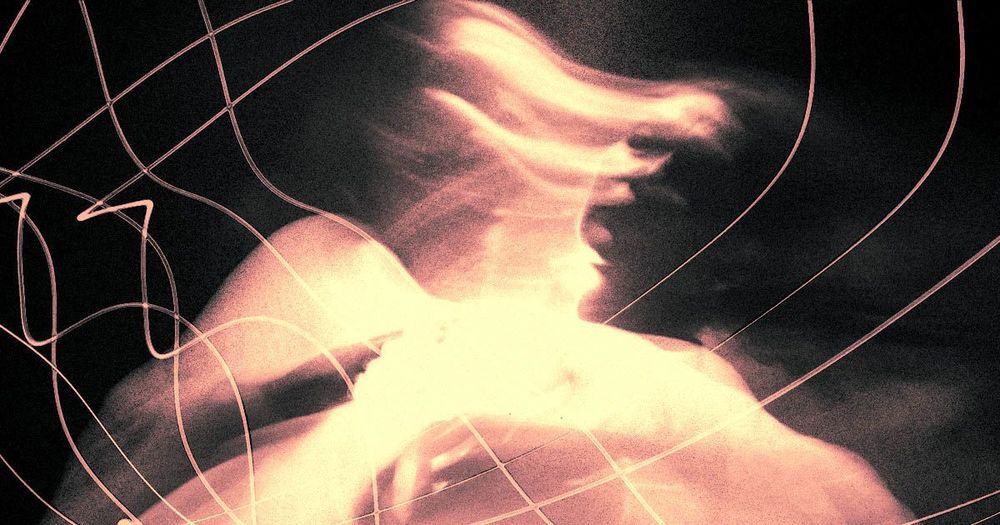
It’s the one aspect of reality we all take for granted: an object exists in the world regardless of whether you’re looking at it.
But theoretical and quantum physicists have been struggling for years with the possibly of a “many worlds” interpretation of reality, which suggests that every time two things could happen, it splits into new parallel realities. Essentially, they think you’re living in one branch of a complex multiverse — meaning that there are a near-infinite number of versions of you that could have made every conceivable alternate choice in your life.
Physicist Sean Carroll from the California Institute of Technology deals with this problem in his new book “Something Deeply Hidden.” In a new interview with NBC, Carroll makes his stance on the matter clear: he thinks the “many worlds” hypothesis is a definite possibility.

A team of scientists from the universities of Alberta and Toronto have laid out the blueprints for a “quantum battery” that never loses its charge.
To be clear, this battery doesn’t exist yet — but if they figure out how to build it, it could be a revolutionary breakthrough in energy storage.
“The batteries that we are more familiar with — like the lithium-ion battery that powers your smartphone — rely on classical electrochemical principles, whereas quantum batteries rely solely on quantum mechanics,” University of Alberta chemist Gabriel Hanna said in a statement.
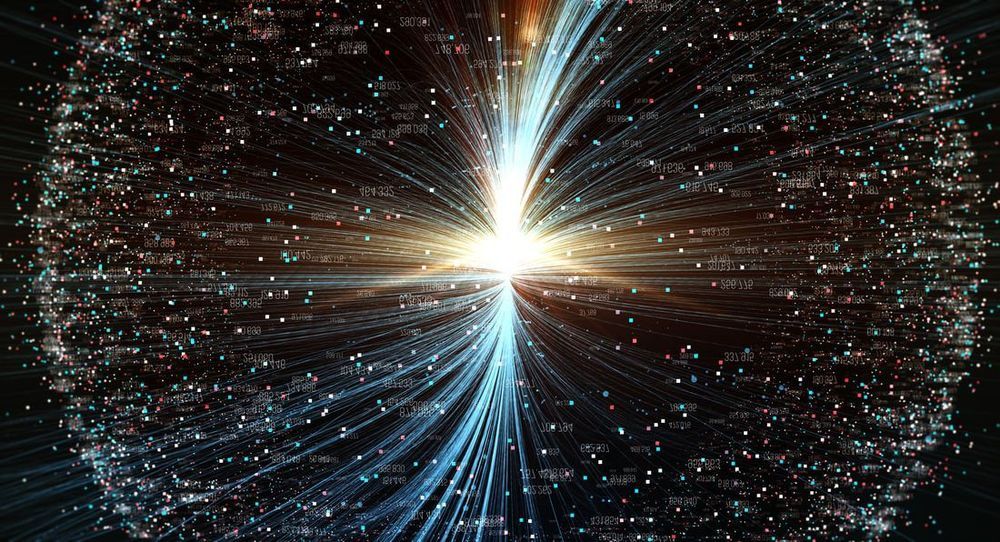
By contemplating the full spectrum of scenarios of the coming technological singularity many can place their bets in favor of the Cybernetic Singularity which is a sure path to digital immortality and godhood as opposed to the AI Singularity when Homo sapiens is retired as a senescent parent. This meta-system transition from the networked Global Brain to the Gaian Mind is all about evolution of our own individual minds, it’s all about our own Self-Transcendence. https://www.ecstadelic.net/top-stories/the-ouroboros-code-bridging-advanced-science-and-transcendental-metaphysics #OuroborosCode
All AI & Cybernetics Cognitive Science Complexity Consciousness Cosmology Digital Philosophy Digital Physics Economics Emergence Environment Epigenetics Ethics Evolution Evolutionary Biology Experiential Realism Experimental Science Fermi Paradox Free Will Vs. Determinism Futurism Gaia 2.0 Global Brain Immortality Machine Learning Mathematics Memetics Mind Uploading Nanotechnology Neo Transcendentalism Neural Networks Neurophilosophy Neuroscience Phenomenology Philosophy Of Mind Physics Of Time Psychedelics Psychology Quantum Computing Quantum Gravity Quantum Physics Sci Fi Simulation Hypothesis Sociology Spirituality Technological Singularity Theology Transhumanism Virtual Reality
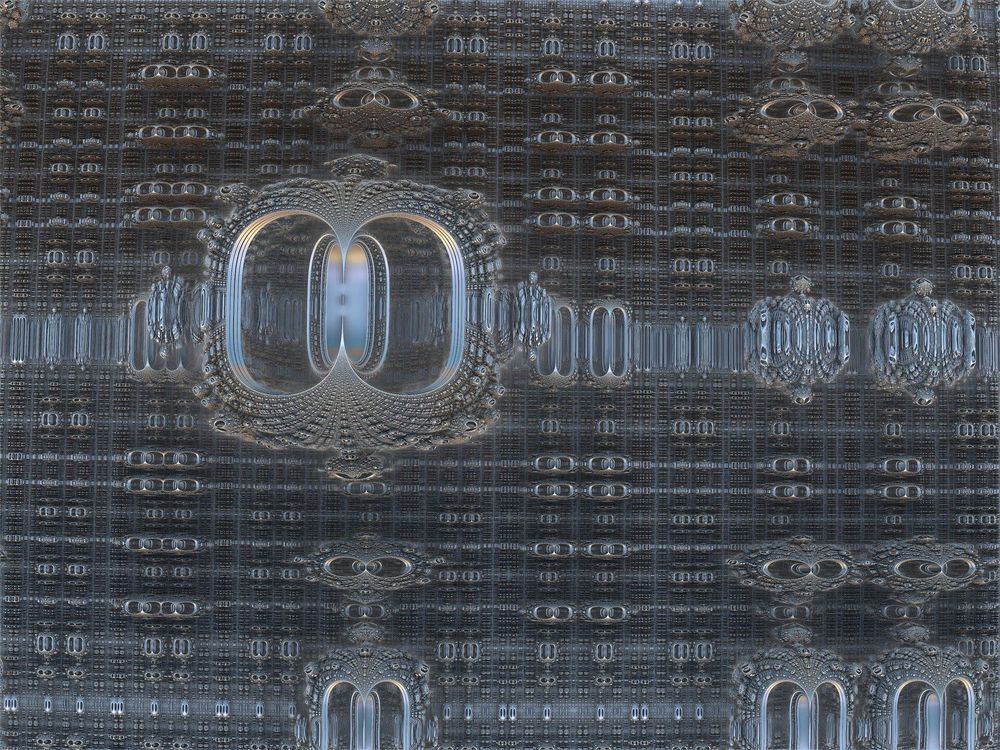
For the first time ever, a quantum computer has performed a computational task that would be essentially impossible for a conventional computer to complete, according to a team from Google.
Scientists and engineers from the company’s lab in Santa Barbara announced the milestone in a report published Wednesday in the journal Nature. They said their machine was able to finish its job in just 200 seconds—and that the world’s most powerful supercomputers would need 10,000 years to accomplish the same task.
The task itself, which involved executing a randomly chosen sequence of instructions, does not have any particular practical uses. But experts say the achievement is still significant as a demonstration of the future promise of quantum computing.

Entanglement is one of the properties specific to quantum particles. When two photons become entangled, for instance, the quantum state of the first will correlate perfectly with the quantum state of the second, even if they are at a distance from one another. But what happens when three pairs of entangled photons are placed in a network? Researchers at the University of Geneva (UNIGE), Switzerland, working in partnership with Tehran’s Institute for Research in Fundamental Sciences (IPM), have proved that this arrangement allows for a new form of quantum correlation in theory. When the scientists forced two photons from separate pairs to become entangled, the connection was also made with their twin photon present elsewhere in the network, forming a highly-correlated triangle. These results, which you can read all about in the journal Physical Review Letters, create the potential for new applications in cryptography while reviving quantum physics at its most fundamental level.
Entanglement involves two quantum particles – photons, for example – forming a single physical system in spite of the distance between them. Every action performed on one of the two photons has an impact on its “twin” photon. This principle of entanglement leads to quantum non-locality: the measurements and statistics of the properties observed on one of the photons are very closely correlated with the measurements made on the other photon. “Quantum non-locality was discovered theoretically by John Stewart Bell in 1964,” begins Nicolas Brunner, associate professor in the Department of Applied Physics in UNIGE’s Faculty of Science. “This showed that photon correlations are exclusively quantum in nature, and so can’t be explained by conventional physics. This principle could be used to generate ultra-secure encryption keys.”
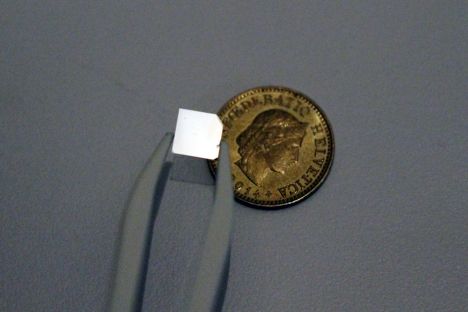
When a guitar string is plucked, it vibrates as any vibrating object would, rising and falling like a wave, as the laws of classical physics predict. But under the laws of quantum mechanics, which describe the way physics works at the atomic scale, vibrations should behave not only as waves, but also as particles. The same guitar string, when observed at a quantum level, should vibrate as individual units of energy known as phonons.
Now scientists at MIT and the Swiss Federal Institute of Technology have for the first time created and observed a single phonon in a common material at room temperature.
Until now, single phonons have only been observed at ultracold temperatures and in precisely engineered, microscopic materials that researchers must probe in a vacuum. In contrast, the team has created and observed single phonons in a piece of diamond sitting in open air at room temperature. The results, the researchers write in a paper published today in Physical Review X, “bring quantum behavior closer to our daily life.”

“If you are not convinced by the idea of reductive materialists that consciousness magically emerges from complexity in material structures or processes or if you are not satisfied with the viewpoint of idealists that matter is a mere thought form, then the present hypothesis may be something for you,” writes Dr. Antonin Tuynman when presenting his new book The Ouroboros Code. https://www.ecstadelic.net/top-stories/the-ouroboros-code-self-reference-is-the-name-of-the-game #OuroborosCode
In “The Ouroboros Code” I will address the cybernetic dynamics of consciousness. Starting from the premise that Consciousness is the Ontological Primitive, I will propose mechanisms which may explain how a digital mathematical and material existence can be generated. Digging into Category Theory, Computational Simulacra and Quantum Computing, I will explore the mechanics of self-sustaining self-referential feedback loops as the Modus Operandi of Consciousness.
Let’s dive in the vortex of kaleidoscopic reflections, the wormhole of a dazzling “mise-en abyme” of recursiveness and the roller-coaster of the quantum non-locality. Explore the map which is the territory simultaneously by drawing your map of maps. Discover the non-dual bridge closing the gap between Science and Spirituality.
-Antonin Tuynman, PhD